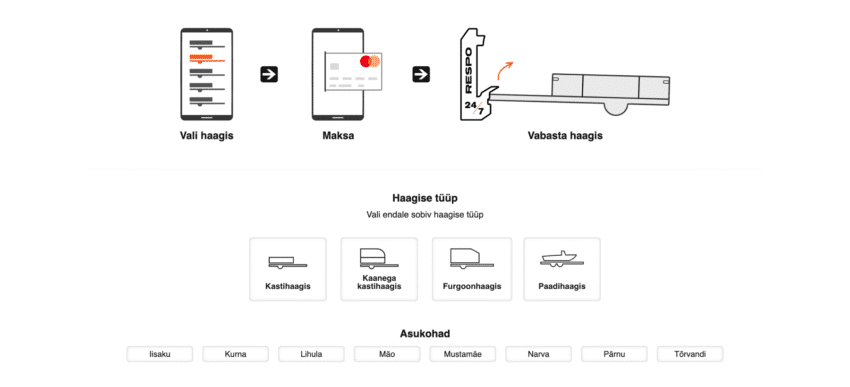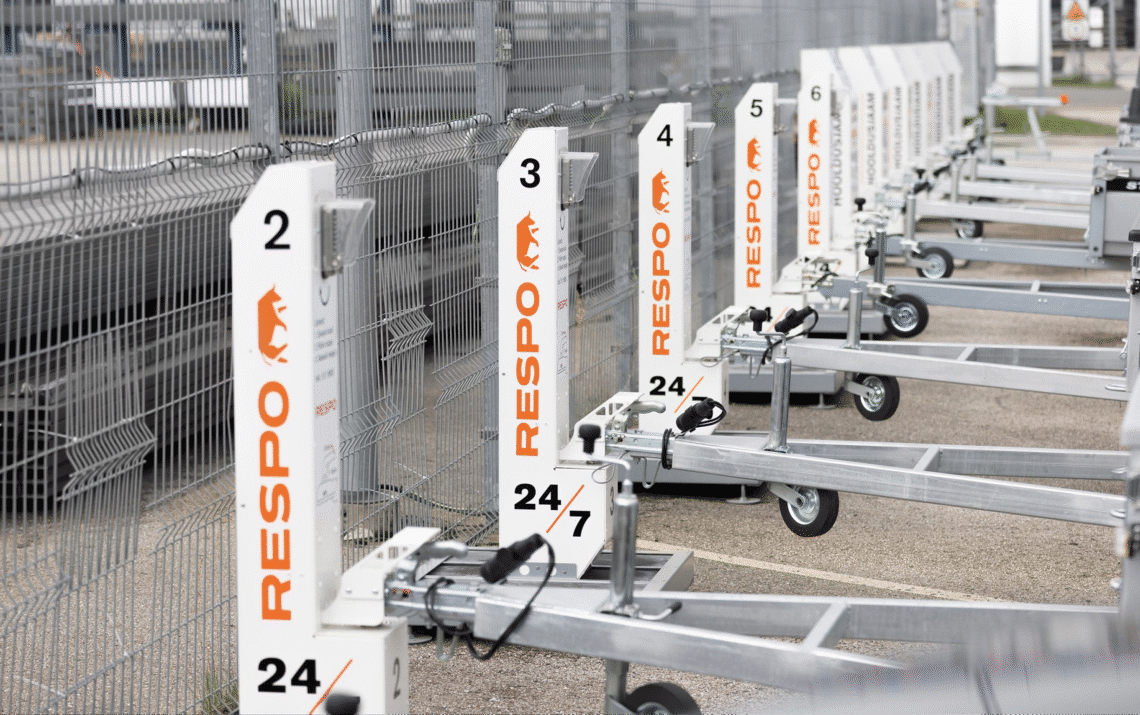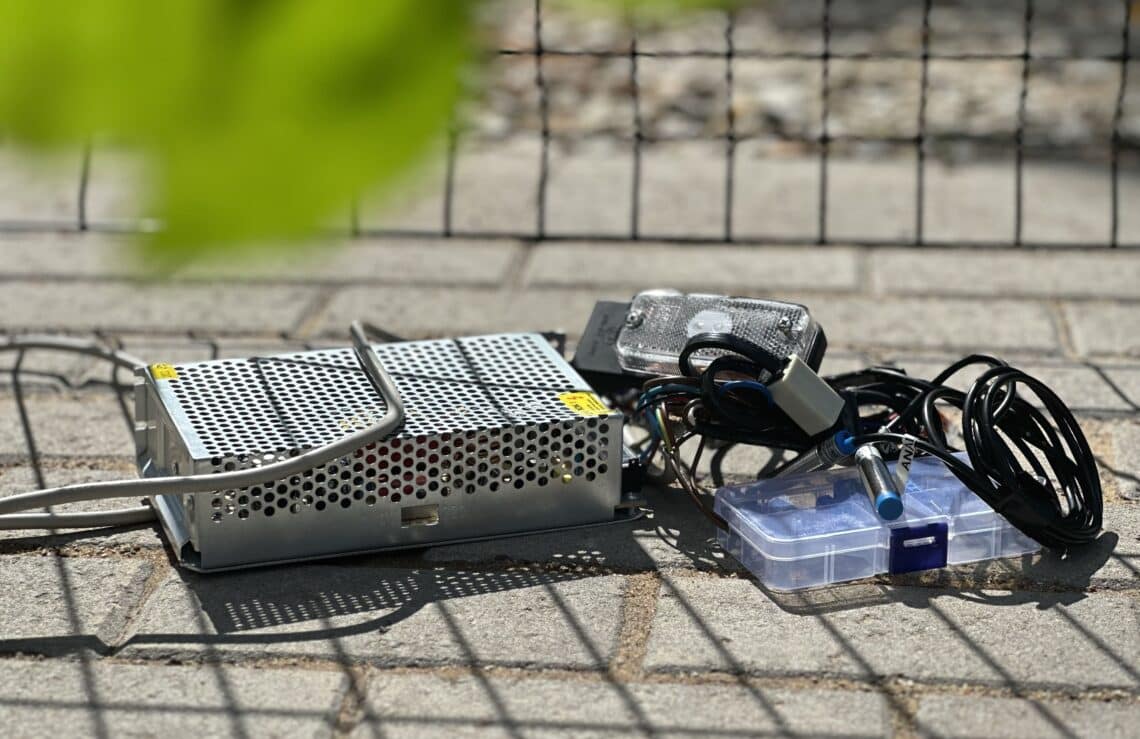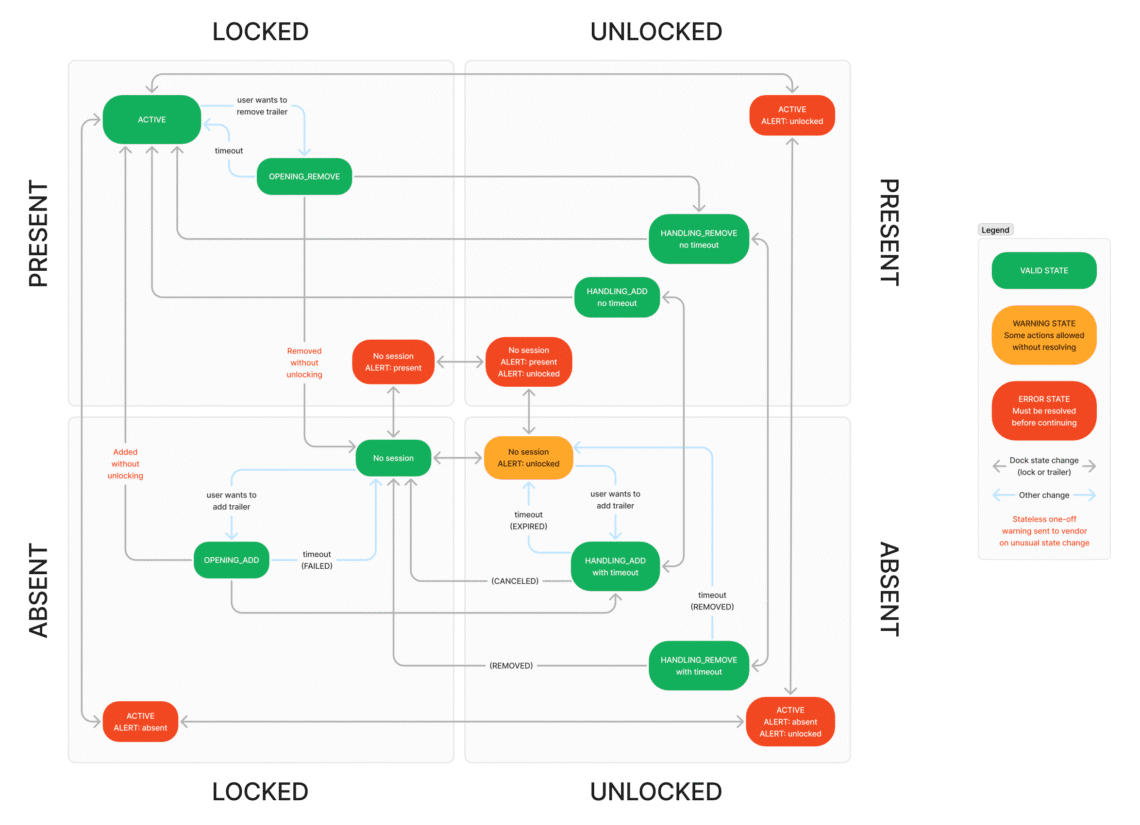Background
Respo, a well-established name in trailer sales and rentals, had a vision – what if people could rent or sell trailers remotely, without the hassle of in-person handovers? They wanted to unlock a whole new business model and reshape how people interact with one of the most practical assets on the road – trailers.
To bring their new idea to life, they turned to Teltonika’s devices. Teltonika is a leading Lithuanian tech company specializing in IoT (Internet of Things) and electronics solutions. Their wide-ranging product lineup includes GPS trackers, vehicle monitoring systems, and smart IoT devices that power connected experiences across industries.
Respo’s goal was to go beyond traditional rentals and sales and offer a way for individuals and businesses alike to rent or sell trailers remotely, without the usual friction of physical handovers. Imagine owning two trailers that mostly sit unused. Renting them out sounds great until you realize it means being there every time someone wants to pick one up. That’s where the pain point lies.
With the new solution, that pain point disappears. Users can rent a smart Teltonika-powered device from Respo, attach it to their trailer, and instantly make it rentable or sellable. Without ever needing to meet the renter or buyer in person. Think Airbnb, but for trailers.



